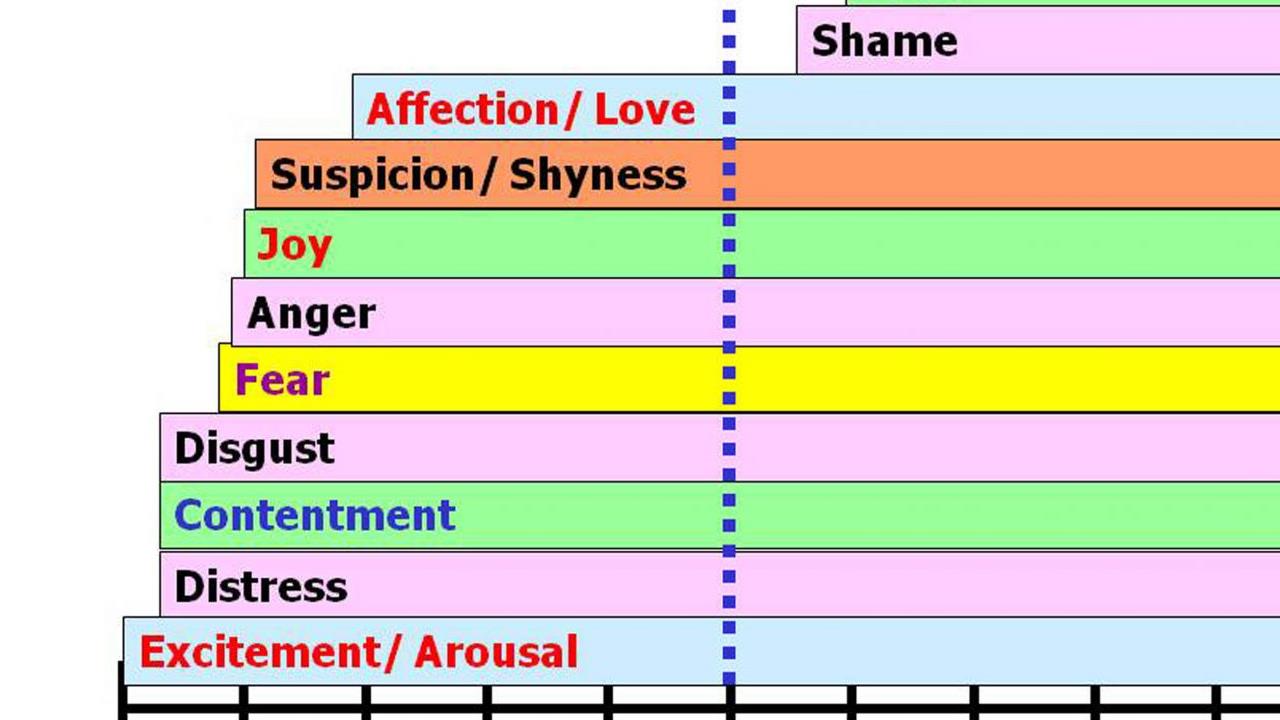Introduction to Pet Emotions
Recognising and interpreting your pet’s emotions is an essential aspect of responsible pet ownership. By understanding their emotional needs, you create a more harmonious and contented living environment for both you and your animal companion. Pets, just like humans, experience a range of emotions such as joy, fear, and even sadness. Studies have shown that pets can also experience complex emotions like jealousy and anticipation.

Pets communicate their emotional needs in a variety of ways, and it’s crucial to be attuned to these signals. Subtle changes in behaviour, body language, and vocalisations can all indicate emotional distress or contentment.
Understanding your pet’s emotional needs is a continuous and rewarding journey. It contributes significantly to their overall wellbeing and can even strengthen the bond between the two of you. Recognising signs of stress, anxiety, or contentment helps you make the necessary adjustments to their environment, diet, and routine, ensuring their happiness and health.
The Science Behind Pet Emotions
Scientific research has increasingly begun to acknowledge the reality of pet emotions. Studies have demonstrated that pets, particularly mammals like dogs and cats, possess a range of emotions, including joy, fear, anger, love and even jealousy. These emotions are generated by similar biological processes to those in humans, such as the activation of specific regions of the brain and the release of certain hormones.
Comparing Pet Emotions with Human Emotions
Just as in humans, pet emotions are not merely instinctive reactions but rather complex responses to their environment. For example, a study showed dogs exhibiting signs of jealousy when their owners gave attention to another dog. This suggests a level of emotional sophistication similar to humans. However, the intensity and the manifestation of these emotions can vary, with pets often expressing their feelings through unique behavioural signs.
Recognising Signs of Emotional Distress in Pets
Understanding our pets’ emotional needs is crucial for their well-being. Emotional distress can manifest in various ways, depending on the kind of pet. For instance, pets like dogs and cats may display unusual behaviours, such as excessive grooming, reduced appetite or increased aggression when they are emotionally distressed. Birds, on the other hand, may exhibit symptoms like feather plucking and changes in vocalisation.

Responding to Signs of Emotional Distress in Your Pets
When your pets show signs of emotional distress, it’s vital to respond appropriately. The first step is to consult a qualified veterinarian to rule out any physical health issues. If emotional distress is confirmed, consider implementing changes in their environment, routine, or interaction to improve their emotional state. You may also want to consider seeking advice from a pet behaviourist for tailored strategies.
The Impact of Human Behaviour on Pet Emotions
Human behaviour and mood significantly affect pet emotions. According to research, pets, particularly dogs and cats, are highly attuned to their owners’ emotional states. When owners are stressed or unhappy, pets often mirror these feelings, leading to behavioural changes and, in some cases, health issues. Conversely, a positive, calm environment can encourage happier, healthier pets.

Creating a Positive Emotional Environment for Pets
- Regularly engage with your pet in a positive manner. This includes playtime, walks and training sessions.
- Ensure your pet has a safe, quiet space to retreat to when needed.
- Try to remain calm and composed, even in stressful situations. Pets often pick up on our stress.
- Consistent routines can provide a sense of security and stability for pets.
By understanding and responding to your pet’s emotional needs, you can enhance both their wellbeing and your bond with them.
The Role of Training in Addressing Pet Emotions
Pet training plays a significant role in managing pet emotions. It equips pets with the tools to handle emotional distress and create positive behavioural patterns. Training helps establish a line of communication between pets and their owners, allowing for better understanding and emotional management. It also serves as a form of mental stimulation, which is crucial in maintaining emotional balance.
For effective emotional management, pet training must involve emotional awareness. This involves recognising and understanding your pet’s emotions. You can incorporate emotional awareness into your pet training in various ways.
- Observation: Regularly observe your pet’s behaviour, body language, and reactions to different situations. This will give you insight into their emotional state.
- Consistency: Maintain a consistent routine as abrupt changes can cause emotional distress to your pet.
- Patience: Understanding pet emotions is a gradual process, requiring patience and consistency.
The Impact of Routine and Stability on Pet Emotions
Undeniably, routine and stability play a pivotal role in your pet’s emotional health. Animals thrive on consistency, with disruptions often leading to stress and anxiety. Providing a structured environment can significantly enhance your pet’s emotional wellbeing.

Maintaining regular feeding, exercise, and sleep schedules, coupled with a consistent home environment, is key. Pets, much like humans, are creatures of habit. Any sudden changes in their routines can be stressful and confusing, potentially triggering behavioural issues.
Creating a Stable Environment for Pets
To create a stable environment for your pets, start by establishing regular routines for feeding, playtime, and rest. It’s also crucial to provide them with a safe, quiet space of their own, where they can retreat and relax.
Introducing new things gradually and ensuring consistency in their social interactions, both with humans and other animals, can also help maintain emotional stability.
Meeting Your Pet’s Emotional Needs
Ensuring your pet’s emotional needs are met is paramount to their overall well-being. As pet owners, we must identify and fulfil these needs to promote a happy, healthy pet.
Play: The Key to Emotional Health
Play is a crucial aspect of your pet’s emotional health. It stimulates their mind, encourages physical fitness and reduces anxiety.

Socialisation: Building Confidence and Trust
Socialisation plays a significant role in your pet’s emotional well-being. It helps them build confidence, learn appropriate behaviour and develop trust.
Affection: Strengthening Bonds
Affection is a fundamental emotional need for your pet. Regular affectionate interactions deepen the bond between pet and owner, enhancing your pet’s sense of security. V

Concluding Thoughts on Pet Emotions
In retrospect, recognising and addressing our pets’ emotions is of paramount importance for their overall wellbeing. Much like humans, pets experience a wide range of emotions, and understanding these emotions can significantly enhance their quality of life.
The journey of learning about your pet’s emotional needs continues. As a pet owner, your role is instrumental in ensuring that your pet leads a happy and emotionally balanced life.
It is our collective responsibility to continue learning about and addressing our pets’ emotional needs. Doing so not only fosters a stronger bond between us and our pets but also contributes to a more empathetic and understanding society.


